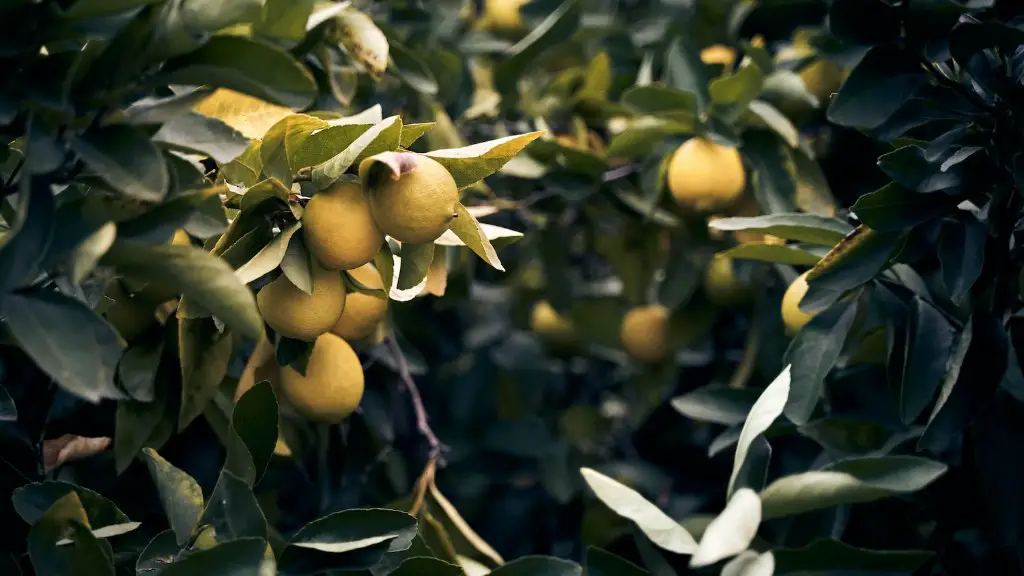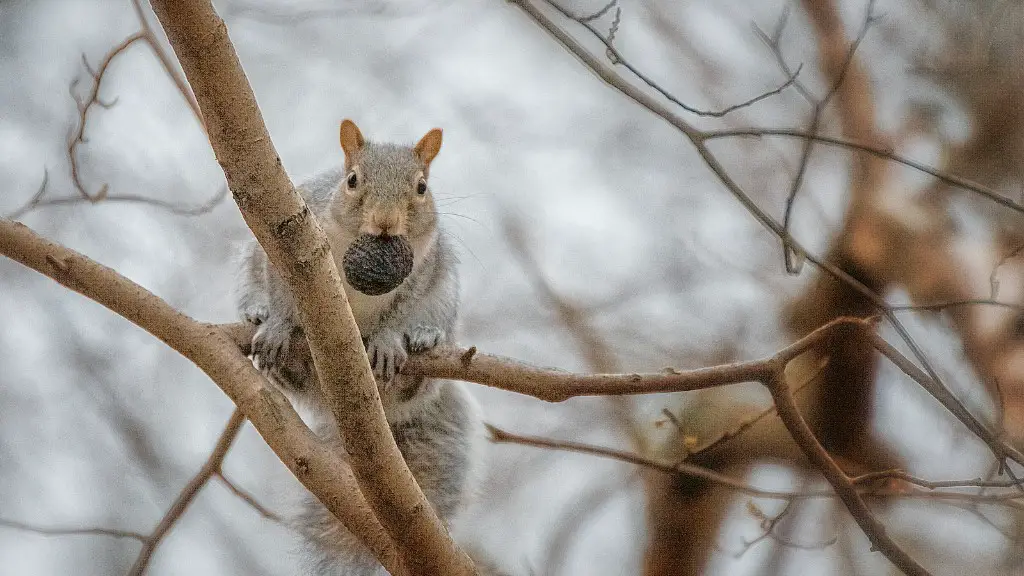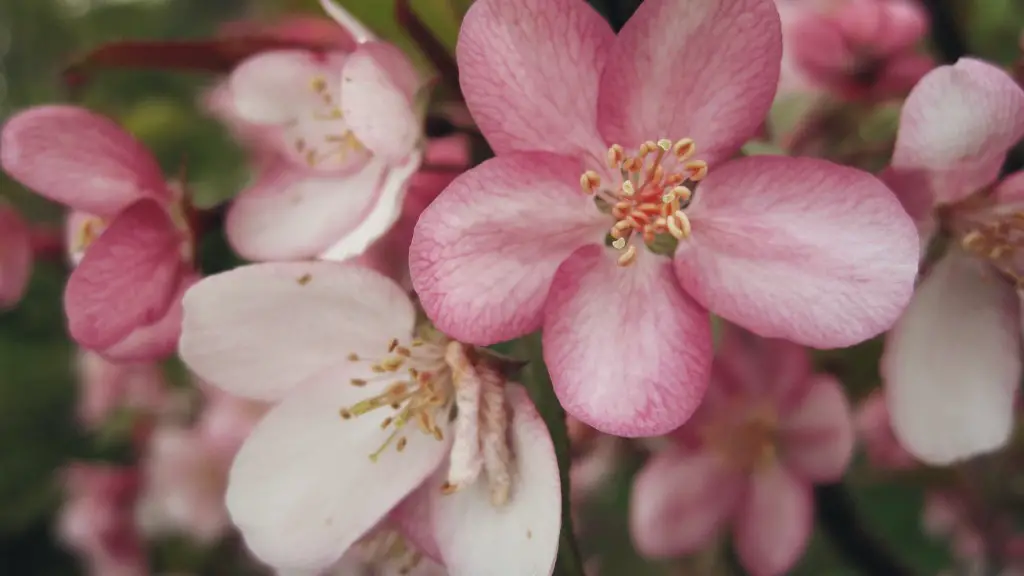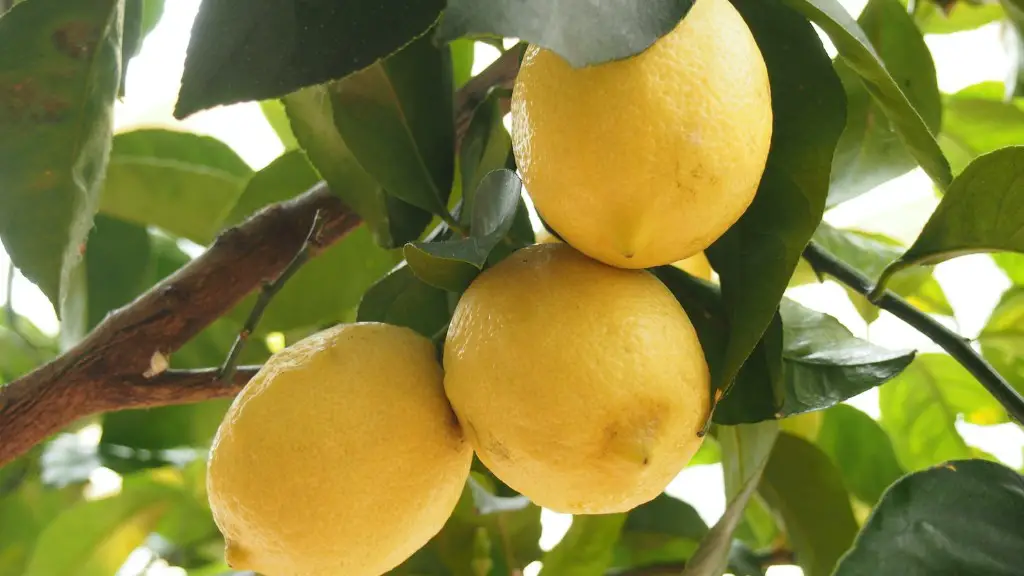Research shows that dwarf lemon trees are capable of reaching up to 2-3.5 metres in height. Contrary to popular belief, this is still considered relatively tall compared to other trees of the same species. As stunning as they are small, they require adequate sunlight, protection from the wind and consistent watering, in order to reach their full growth potential and thrive. Correct pruning and gardening practices play an important role in reaching optimal heights and shapes when it comes to dwarf lemon trees.
Frost is one of the main adversities that dwarf lemon trees have to endure, as any prolonged exposure to it will result in irreparable damage to their delicate foliage. While it won’t die immediately, it can stunt its potential growth, resulting in usual and expected overall heights being diminished. Therefore, when planting one of these beauties, it is important to consider the viable position and location in order to try and prevent this from occurring.
These trees typically grow straight before slightly curving at the top and although the leaves are prone to wilt and drop prematurely, it finds stability and a promising grow cycle with adequate care and attention. It is recommended to trimmed back any unruly branches and excessive foliage, in order to maintain a nice shape and healthier overall growth.
Soil quality is also an important factor in achieving the expected height of a dwarf lemon tree and needs to have the correct drainage in place and optimal pH levels. Additionally, a light controlled fertilizer can be applied through the growing season to further encourage recovery, growth and height potential.
As for the type of containers that are best for dwarf lemon trees, it is recommended to use deep, large-capacity pots and containers with plenty of room to grow. Sturdy potting and soil mixes are ideal, as this method allows for adequate root and branch system spreading. This way, regardless of height, the roots will still have enough room to spread and establish a suitable foundation.
Growth Conditions
Dwarf lemon trees require a number of environmental elements to reach their maximum height potential. It is important to monitor the temperature, sunlight and water levels to ensure optimal growth cycles at all times. In general, they prefer warm climates with long summers and minimal frost. During winter months, a sunny, sheltered spot indoors is also suitable for continued growth.
Adequate water is essential for healthy growth and its frequency depends on the season, tree size, planting location and its overall soil quality. Once planted in a pot, it is usually sufficient to check for soil dampness on a weekly basis, to make sure it is suitable for the dwarf lemon tree. Overwatering and underwatering both have a negative impact on growth and fruit production, so it is key to monitor the moisture levels during all growing seasons.
The tree requires plenty of sunlight in order to reach its expected height and although they can tolerate some shade, they thrive best exposed to long sunlight periods, without direct contact with the sun’s rays. When exposed to excessive sunlight over long periods, the dwarf lemon tree’s foliage will likely become scorched, wilt or even drop, resulting in reduced height.
Impact of Pruning
Frequent pruning and trimming is recommended in order to maintain a desired shape, as this helps to keep the tree compact and in control, while eliminating the chances of excessive height. Conversely, if a larger and more spreading size is desired, then a more lenient pruning strategy is advised. It is important to bear in mind that dwarf lemon trees are naturally fragile and can be prone to diseases and pests, so it is important to inspect them closely for any anomalies.
Pruning will help increase the dwarf lemon tree’s production of new foliage and in some cases, can encourage more blossoms. This is a great advantage, as it ensures an increased yield at the end of the growing season and a more visually pleasing landscape. Pruning during the tree’s dormant period is recommended and great care should be taken when dealing with any branch removal with this species of tree.
Another aspect to consider when trying to keep a desirable shape, is the direction of growth. It is advised to prune against natural growth patterns, in order to ensure optimal control and height. Additionally, pruning encourages further dormant buds to open up and become active, which promotes rejuvenation of the tree’s structure.
Effects of Containers on Height
When choosing a container for a dwarf lemon tree, one should take into consideration the size of the tree, and the pot’s ability to handle its weight and height, when at full growth. If you opt for a large planter, it is important to have adequate drainage and proper aeration in place. This will help prevent waterlogging and soil compaction, which are the two leading causes of stunted growth.
Usually, better results are seen when a dwarf lemon tree is treated to a larger than average container, as this allows for better soil and water distribution, less root disturbance and more root development over time. On that note, it is recommended to upgrade the pot size if the tree’s growth rate is considerably above average or noticeably stunted. Even if the tree appears to be doing well, it is advised not to keep them in the same pot, as it’s likely that in time, the roots will become overcrowded and unable to reach the vital stages of healthy growth.
Fertilization
Fertilization for dwarf lemon trees is essential for healthy and productive growth. When choosing a fertilizer, it is advised to opt for one that is light and well balanced, as excessive amounts can damange or hinder the growth process. This can include, burning of leaf tissues, discoloration and general wilting. Providing the right levels of nitrogen and potassium will create an ideal formula for growth.
Compost teas and organic fertilizers are two of the most popular and reliable products and can be applied on a bi-monthly basis. These two alternatives work in harmony with the soil, providing long lasting and vital nutrients. It is recommended to use sulphur based fertilizers in order to keep pH levels stable. This also prevents any major changes to the soil pH and helps keep the existing nutrients in the soil.
Fertilizers should be applied monthly when the tree is in its growing cycle, in order to encourage thicker branches and a denser foliage. Lightly scratching and puddling the fertilizer around the base of the tree helps to promote a better absorption of nutrients and lock them in for longer periods of time.
Irrigation and Moisture Requirements
Dwarf lemon trees generally have moderate water requirements and should be checked on a regular basis during the growing season. The frequency of irrigation is chiefly determined by the size and positioning of the container, overall environment and soil quality. Too little water can result in a lack of necessary moisture, while overwatering can lead to root rot and eventual death.
For most regions, it is recommended to water biweekly or at least on a fortnightly basis. There are many ways to check the water requirements of a tree and one way is to simply poke your fingers into the soil, down to 2 inches, and feel the dampness. If the soil feels dry, then it’s time to water, while if it feels wet or moist, then it can wait a few more days.
In terms of the water itself, it is generally preferred to use tap water that is at room temperature or slightly lukewarm. Fresh rainwater is deemed to be better, but it should be noted that the water must be soft and free from chlorine, in order to maintain a good pH balance. Adding small amounts of liquid seaweed can act as a nutrient supplement and help keep the tree healthy.
Overall Impact of Soil Quality
The soil for a dwarf lemon tree should be well drained, with most of the drainage directed away from their roots. As such, a light and rich potting soil is advised and should be top-dressed regularly to ensure that the tree is always provided with adequate levels of nutrition. Organic matter should be added depending on the growing season and position of the tree.
The soil should also be light, airy, and hold moisture and nutrients, with a pH value of around 6.5 to 6.8 being mostly favorable and suitable for these kinds of trees. Soil additives can help create an optimal balance, as can the addition of compost, manure and bark chips. Additionally, mulch is a great solution for protecting the roots from extreme temperatures, weed growth and making sure that the soil has the correct moisture that it needs.





